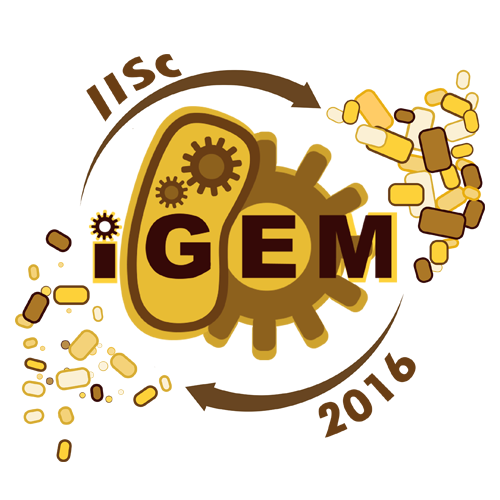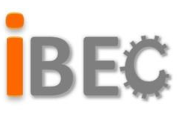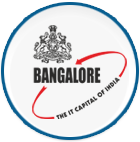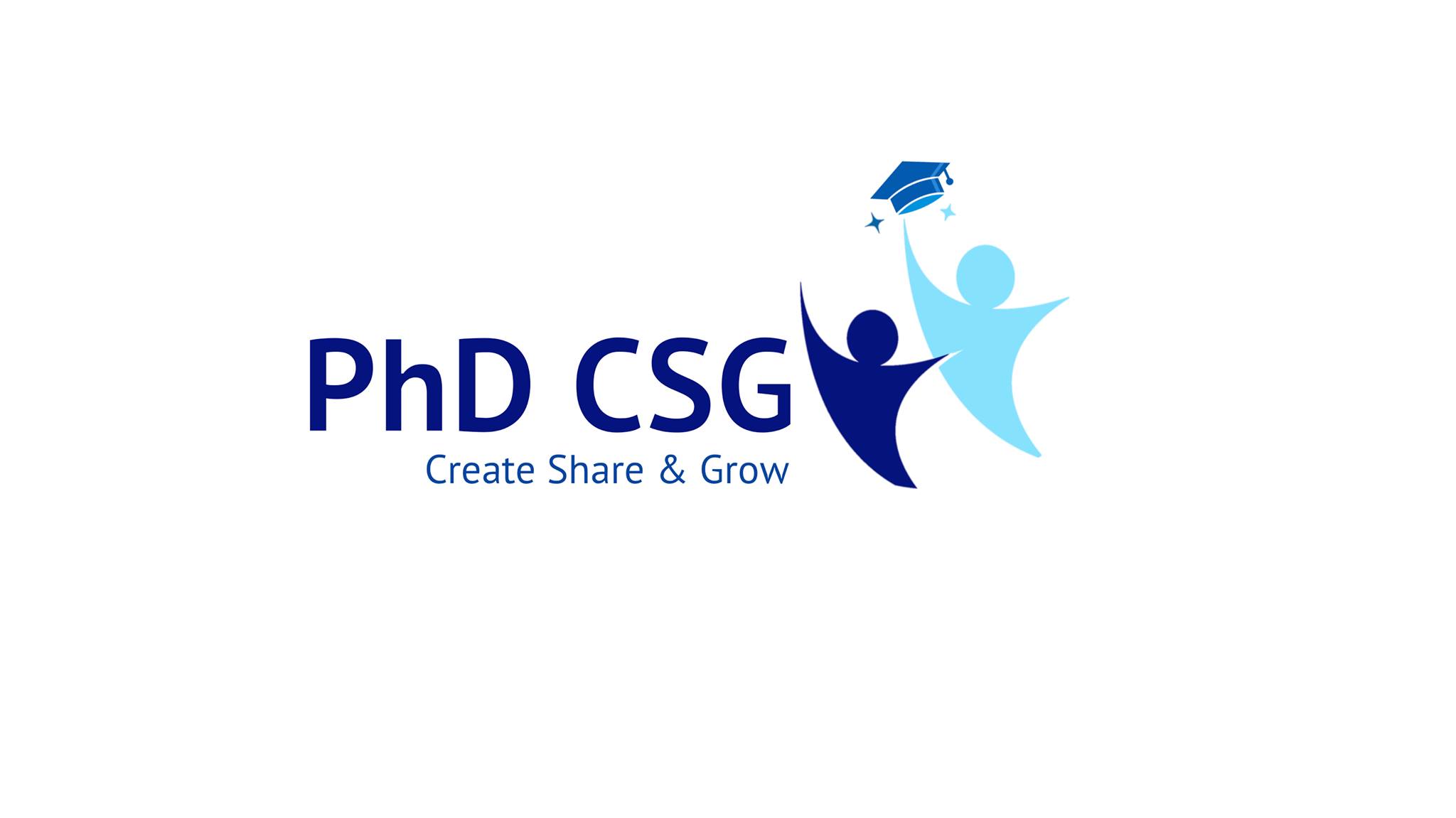Ayanchromium (Talk | contribs) |
Ayanchromium (Talk | contribs) |
||
| Line 228: | Line 228: | ||
<tr> | <tr> | ||
| − | <a href="http://parts.igem.org/Part:BBa_K1352000 | + | <th scope="row"><a href="http://parts.igem.org/Part:BBa_K1352000">BBa_K1352000</a></th> |
<td></td> | <td></td> | ||
<td>Ag43 under pBAD/ara promoter</td> | <td>Ag43 under pBAD/ara promoter</td> | ||
| Line 236: | Line 236: | ||
<tr> | <tr> | ||
| − | <a href="http://parts.igem.org/Part:BBa_I746908 | + | <th scope="row"><a href="http://parts.igem.org/Part:BBa_I746908">BBa_I746908</a></th> |
<td></td> | <td></td> | ||
<td>sfGFP under pBAD/ara promoter</td> | <td>sfGFP under pBAD/ara promoter</td> | ||
| Line 244: | Line 244: | ||
<tr> | <tr> | ||
| − | <a href="http://parts.igem.org/Part:BBa_K1072000 | + | <th scope="row"><a href="http://parts.igem.org/Part:BBa_K1072000">BBa_K1072000</a></th> |
<td></td> | <td></td> | ||
<td>Lux based QS system</td> | <td>Lux based QS system</td> | ||
| Line 281: | Line 281: | ||
<tr> | <tr> | ||
| − | <a href="http://parts.igem.org/Part:BBa_R0040 | + | <th scope="row"><a href="http://parts.igem.org/Part:BBa_R0040">BBa_R0040</a></th> |
<td>pTet promoter</td> | <td>pTet promoter</td> | ||
<td>Used as a negative control for all our studies</td> | <td>Used as a negative control for all our studies</td> | ||
| Line 288: | Line 288: | ||
</tr> | </tr> | ||
<tr> | <tr> | ||
| − | <a href="http://parts.igem.org/Part:BBa_K1352000 | + | <th scope="row"><a href="http://parts.igem.org/Part:BBa_K1352000">BBa_K1352000</a></th> |
<td></td> | <td></td> | ||
<td>Ag43 under pBAD/ara promoter</td> | <td>Ag43 under pBAD/ara promoter</td> | ||
| Line 296: | Line 296: | ||
<tr> | <tr> | ||
| − | <a href="http://parts.igem.org/Part:BBa_I746908 | + | <th scope="row"><a href="http://parts.igem.org/Part:BBa_I746908">BBa_I746908</a></th> |
<td></td> | <td></td> | ||
<td>sfGFP under pBAD/ara promoter</td> | <td>sfGFP under pBAD/ara promoter</td> | ||
| Line 304: | Line 304: | ||
<tr> | <tr> | ||
| − | <a href="http://parts.igem.org/Part:BBa_K1072000 | + | <th scope="row"><a href="http://parts.igem.org/Part:BBa_K1072000">BBa_K1072000</a></th> |
<td></td> | <td></td> | ||
<td>Lux based QS system</td> | <td>Lux based QS system</td> | ||
Revision as of 14:26, 19 October 2016
Basic parts
| Name | Type | Description | Designer | Length |
|---|---|---|---|---|
| BBa_R0040 | pTet promoter | Used as a negative control for all our studies | June Rhee, Connie Tao, Ty Thomson, Louis Waldman Group: Antiquity (2003-01-31) | 54 bp |
Composite parts
| Name | Type | Description | Designer | Length |
|---|---|---|---|---|
| BBa_K1352000 | Ag43 under pBAD/ara promoter | Ana-Maria Cujba, Martyna Sroka Group: iGEM14_Aberdeen_Scotland | 4493 bp | |
| BBa_I746908 | sfGFP under pBAD/ara promoter | Stefan Milde Group: iGEM07_Cambridge | 2093 bp | |
| BBa_K1072000 | Lux based QS system | Yichong wang, Rui chen, Xihao liao and Junjie zhang Group: iGEM13_SCUT | 2910 bp |
Collection
| Name | Type | Description | Designer | Length |
|---|---|---|---|---|
| BBa_R0040 | pTet promoter | Used as a negative control for all our studies | June Rhee, Connie Tao, Ty Thomson, Louis Waldman Group: Antiquity (2003-01-31) | 54 bp |
| BBa_K1352000 | Ag43 under pBAD/ara promoter | Ana-Maria Cujba, Martyna Sroka Group: iGEM14_Aberdeen_Scotland | 4493 bp | |
| BBa_I746908 | sfGFP under pBAD/ara promoter | Stefan Milde Group: iGEM07_Cambridge | 2093 bp | |
| BBa_K1072000 | Lux based QS system | Yichong wang, Rui chen, Xihao liao and Junjie zhang Group: iGEM13_SCUT | 2910 bp |
Overview
With the advent of rDNA technology in the late 1970s, medicine, agriculture and several other areas underwent a quantum leap and from that point, progress only hastened, from one only one recombinant pharmaceutical approved for human use (insulin) in 1982 to one hundred and fifty-one FDA approved protein based recombinant pharmaceuticals by 2009[1].
Despite being in high demand (due to the fact that most recombinant products produced on an industrial scale are therapies for chronic diseases like cancer and diabetes), recombinant products are expensive due to several factors like long and expensive development time, high failure rate (~80%) of the products developed, manufacturing costs requiring expensive technologies and processes (bioreactors, column chromatography, sterile conditions, etc) and the involvement of skilled labor on both the manufacturing and the healthcare provider’s side[2]. Treatments with these pharmaceuticals can cost from around 10,000 to 100,000 € per year for a single patient[2]. As scientists and engineers, it seems obvious that our contribution can be most easily and effectively be made at the level of manufacturing costs; to try to bring down the cost of these life-saving products.
Read more








